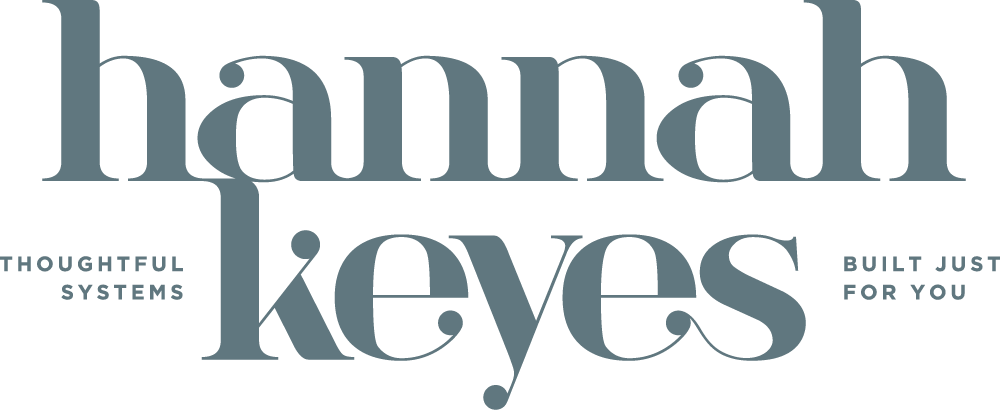Curious about Natural Energy Cycles? Let's Start with Biological Rhythms
You've probably heard about natural energy cycles before and didn't even realize it.
There are a total of 4 biological rhythms most things are classified under which we'll cover here shortly. The most widely talked about are the circadian rhythm and infradian rhythm which you will likely be familiar with as the sleep cycle and menstrual cycle, respectively.
It's not profitable for capitalism to talk about natural energy cycles and work more in line with what's best for our bodies because you quickly realize that the world is designed to take more than we have to give.
Which is why we are ABSOLUTELY going to talk about it.
Understanding not only how our bodies work but how to WORK WITH our bodies helps us hold healthy boundaries, take care of our needs, and generally flip a middle finger to any (and every) one who wants to benefit from your energy for free.
Productivity has become synonymous with non-stop hustle and round-the-clock availability, it's easy to overlook the fundamental role that our natural energy cycles and biological rhythms play in shaping our overall well-being. By understanding and harmonizing with these inherent patterns, we can unlock a more sustainable and fulfilling approach to work and life.
Let's dive into the 4 biological rhythms and explore how they impact our energy levels, productivity, and overall performance:
Ultradian Rhythms
One of the most significant rhythms is the ultradian rhythm. This cycle occurs repeatedly throughout the day and lasts approximately 90-120 minutes. During each ultradian cycle, our energy levels fluctuate between periods of high alertness and focus, followed by periods of lower energy and the need for rest.
We can recognize these cycles by structuring our work in a way that respects our body's natural need to rest. You aren't meant to sit at a desk for hours on end feeding on stress hormones to stay focused and motivated. The advice "take breaks" is fed to you ad nauseam and this is why. This is why many people find the Pomodoro technique so beneficial when talking about productivity. Breaks between periods of focus allow us to recharge and maintain consistent performance throughout the day.
Circadian Rhythms
The circadian rhythm is the 24-hour biological cycle that regulates our sleep-wake cycle. It tells us when to sleep and when to wake up, and it affects influences many processes that happen inside our bodies. Our bodies are designed to follow this natural rhythm, and disruptions to it can lead to imbalances and reduced energy. By aligning our work schedules and routines with our circadian rhythm, we can use our energy and brainpower better when we are naturally more alert and focused. Knowing if we're morning people or night owls can also help us plan our work and be more productive when we're at our best.
Infradian Rhythms
In addition to ultradian and circadian rhythms, we have longer cycles known as infradian rhythms, which occur over periods longer than 24 hours. These rhythms influence various aspects of our lives, such as the menstrual cycle or the seasonal variations in mood and energy. By acknowledging and working in harmony with these infradian rhythms, we can adjust our expectations and workloads accordingly, recognizing that our energy and productivity may naturally ebb and flow over these longer cycles.
Diurnal Rhythms
Diurnal rhythms refer to the patterns that repeat on a daily basis. These rhythms are influenced by factors such as exposure to natural light, meal times, and physical activity. By aligning our daily routines with these diurnal rhythms, we can optimize our energy levels and enhance our productivity. For example, starting the day with exposure to natural light can help regulate our circadian rhythm, while incorporating regular movement breaks can sustain our energy levels throughout the day.
We are talking about it more but our world often glorifies constant busyness and disregards our natural energy cycles. It's really important to understand how our body's natural rhythms affect how we feel and how well we can get things done. By embracing and harmonizing with our ultradian, circadian, infradian, and diurnal rhythms, we can tap into our individual capacity and work in a way that honors our natural patterns. This whole-human approach to productivity allows us to use our own strengths and abilities to work in a way that feels right for each of us. This not only helps us do better work, but it cultivates long-term sustainability, fulfillment, and a greater sense of harmony in our lives.
